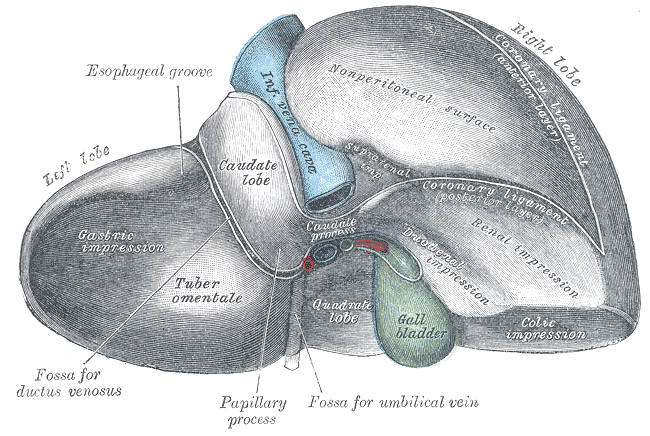
A liver disease may be caused either due to genetic or metabolic defects. The defects may arise due to an enzyme or transport protein that alters the system and causes problems to the liver. This article is going to discuss some of the genetic diseases of the liver and the role of genes in causing early liver diseases.
Genetic Haemochromatosis
Haemochromatosis is a recessive disease where excess iron is absorbed in the body and the deposits are collected in organs. This disease is seen in people having iron overload disorders. Analysis of Human haemochromatosis protein (HFE) would confirm Haemochromatosis.
Alpha-1 Antitrypsin Deficiency
An important liver protein called alpha-1 antitrypsin does not get produced or gets produced in very lower levels in the blood. Though people with this disease have this protein, it gets accumulated in the liver instead of going into the bloodstream. It has been found that this disease is due to the mutations in the SERPINA1 gene.
Cystic Fibrosis Liver Disease (CFLD)
Cystic fibrosis is caused due to the failure in secretion by the biliary epithelium thereby causing an absent or dysfunctional CFTR protein. CFTR protein’s main role is to participate in the first stage of ductal secretion. Its absence initiates progressive periportal fibrosis. There is also a theory that existence of modifier genes and three more genes, alpha-1-antitrypsin, transforming growth factor, and mannose binding lectins are also involved in CFLD.
Wilson Disease
Wilson disease is also an inherited genetic disorder where copper gets accumulated in the lungs and other vital organs. Copper is required for the nerves, bones and skin melanin. It is absorbed from the food and excess copper is excreted through bile (secreted by liver). In case of Wilson’s disease, copper is not excreted properly. So it gets accumulated in liver and other vital organs. When diagnosed in early stage, this disease can be treated. This disease is caused by the genetic mutation of ATP7B gene. When the activity of this gene is reduced, it leads to copper accumulation.
Type 1 Tyrosenmia
Tyrosenemia is a genetically inborn disorder where there is an error in the metabolism, where the body is incapable of breaking down the amino acid called tyrosine. It leads to sever liver disease in childhood. This disease is due to the altered activity of fumarylacetoacetate hydrolase.
Glycogen Storage Disease
This is a genetic disease. It can also be an acquired disease. Glucose is the large energy source of the body. Glucose is stored as glycogen in the liver. It is released into the body with the help of enzymes. In case of genetic disorder, there is a defect in the processing of glycogen synthesis or breakdown within muscles, liver and other cell types. Thus, glycogen gets accumulated in the liver causing failure of liver.
Argininosuccinate Lyase Deficiency and Citrin Deficiency
Urea cycle is one in which a series of reactions inside the body converts nitrogen into ammonia and aspartate into urea. These 2 diseases are caused because of errors in the Urea cycle.
There are several other diseases like Alstrom syndrome (rare disorder that affects many organs of the body. This is caused due to the defects in the function or structure of a hair like structure called cilia that is found in all types of cells in the body), Cholesteryl Ester storage disease, Hereditary Fructose intolerance.
The genetic liver diseases are found in a number of cases with different outcome, penetrance and age group. The role of genes in such cases has to be studied further with the help and collaboration of clinical symptoms and laboratory analysis.
Liked this article on Role Of Genes In Liver Disease and have something to say? Comment below and don’t forget to SHARE THIS ARTICLE!